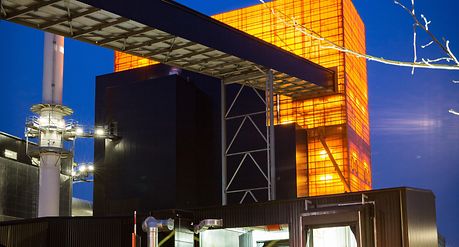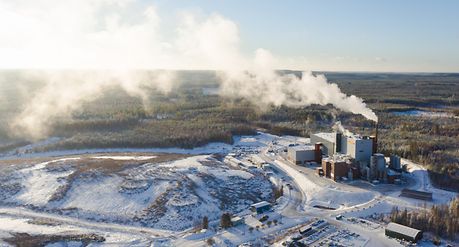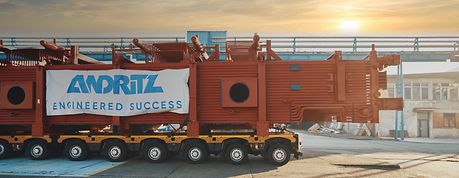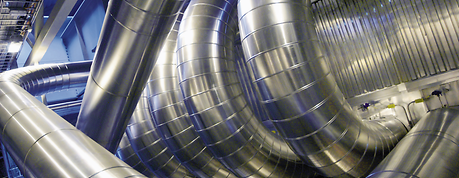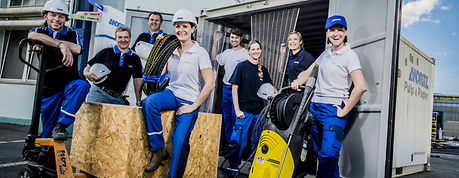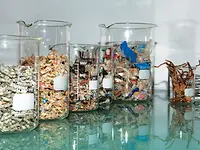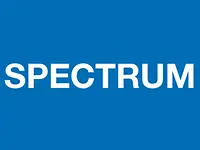The challenge
Generating electricity using fossil fuel is the most popular method in the world. However, the costs for producing energy with traditional carbon-based fuels are increasing. In addition, there is a global decree for the reduction of greenhouse gases (GHG) and the dependence upon fossil fuels.
The solution
Biomass is readily available; lower priced, and can be sustainably grown. ANDRITZ innovative fluidized bed combustion technologies for generating power from biomass incorporate decades of experience and have been implemented in all areas of the pulp and paper industry as well as for utility or municipal power plants.

